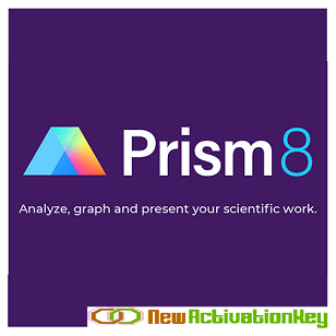

Macrophages are considered to be a primary reservoir for intracellular mycobacterial growth and to be important antigen-presenting cells 6. Therefore, it is important to understand the pathogenicity of MAC in dogs not only for treatment and diagnosis but also to prevent potential zoonotic transmission between humans and dogs. Our previous study showed that MAC accounted for most of NTM isolated from soil that collected in animal shelter and parks 5. In addition, NTM infection mostly occurs by exposure to environmental sources because of the ubiquitous nature. Some reports have shown that MAC members can be transmitted from dogs to humans 4. Furthermore, there is a potential zoonotic risk of transmission from infected companion dogs to their owners, especially in immunocompromised people, although interspecies transmission of MAC is still remaining to be clear. A recent study reported that domestic dogs are more susceptible to MAC infection because of their restricted genetic pool 3. Although diagnosed, most affected dogs die or are euthanized regardless of any treatment after the progress of the infection. Dogs with mycobacteriosis caused by MAC usually have poor prognoses due to the difficulty of diagnosis and nonspecific clinical signs. In dogs, MAC infection can cause mycobacterial granulomas in various organs, including the spleen, liver, lung, bone marrow, and various lymph nodes 1, 2. Mycobacterium avium- intracellulare complex (MAC) is one of the most prevalent pathogenic NTM that causes chronic pulmonary diseases in humans and other mammals. Nontuberculous mycobacteria (NTM) are opportunistic bacteria that are highly abundant in environment niches such as soil and water sources. Those findings might help the understanding of the canine immune response to MAC infection and diminishing the potential zoonotic risk in One Health aspect. intracellulare elicits a Th17 response through macrophage activation in this system. Taken together, our results indicate that M. intracellulare-infected macrophages induced the adaptive Th17 responses after 5 days. Furthermore, canine lymphocytes co-cultured with M. intracellulare infection and the macrophages secreted molecules that induced Th1/Th17 cell polarization. Transcriptomic analysis revealed that canine MDMs differentiated into M1-like macrophages after M. intracellulare using the co-culture system of canine T helper cells and autologous monocyte-derived macrophages (MDMs). In this study, we investigated the host immune response driven by M. MAC infection has been reported in dogs however, little is known about interaction between MAC and dogs, especially in immune response. The prevalence of MAC infection has been rising globally in a wide range of hosts, including companion animals.
Graphpad prism mac m1 pdf#



Setting the default export format and the default for copying to clipboard


 0 kommentar(er)
0 kommentar(er)
